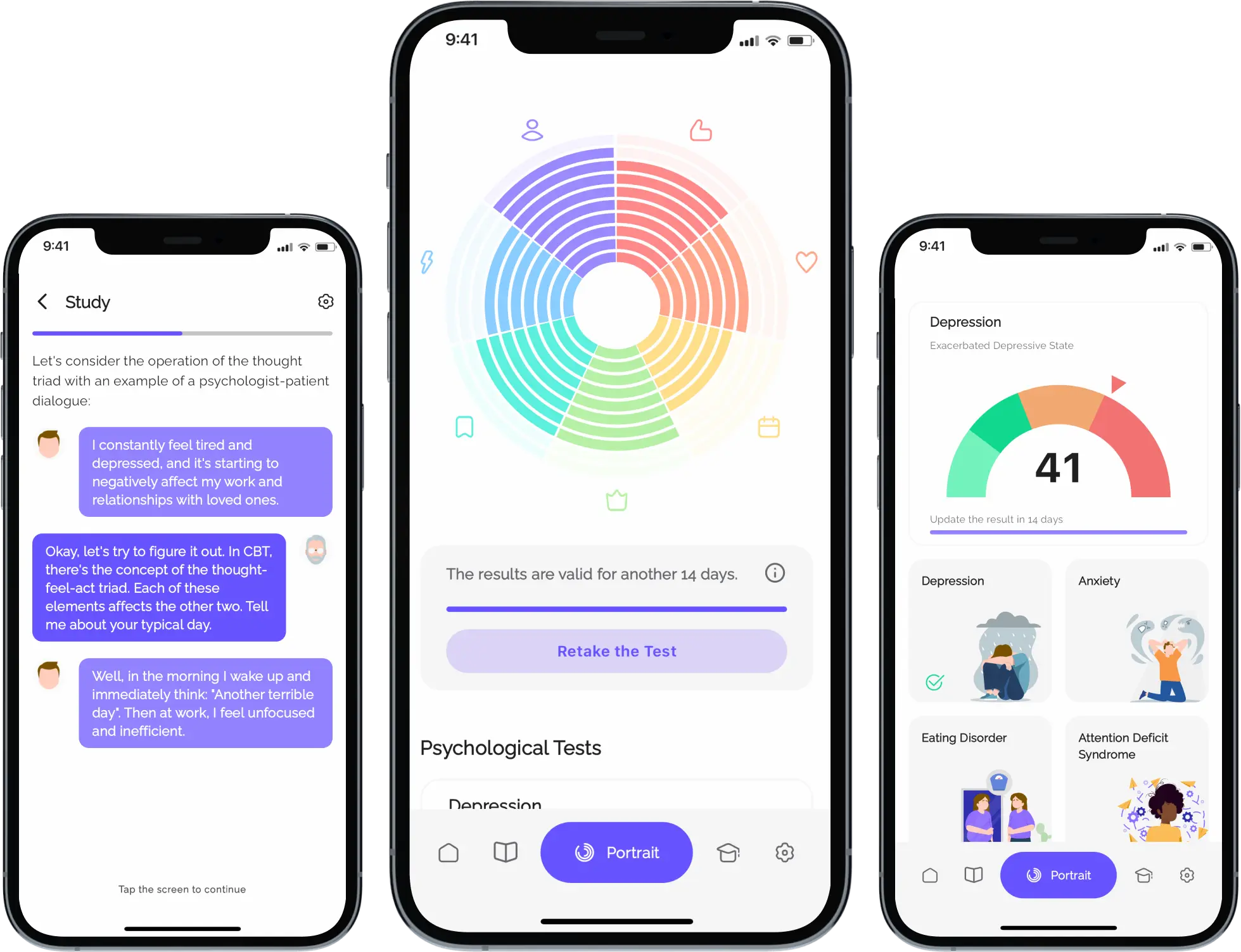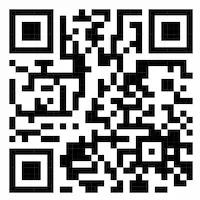
CBT offers many interesting and varied techniques for dealing with negative automatic thoughts.
There are methods to identify these thoughts, evaluate them, test their rationality, and reduce how much we trust them. Most of these exercises can be done independently to improve your emotional well-being. In this chapter, we’d like to share a fantastic tool for tackling automatic thoughts: the “Three Possible Outcomes” technique.
If you’ve already learned to spot those thoughts that strongly affect your emotions, you might have noticed that many are irrational or don’t match reality—yet we still believe them and often don’t know how to handle them.
The main goal of this technique is to widen your outlook, giving your mind a chance to see other possibilities. Plus, it will teach you to question your negative thoughts and help you feel less anxious in stressful moments.
How do you do it? It’s very simple. When you notice an automatic thought that clearly drags down your mood, ask yourself: “What are the possible outcomes?” Specifically:
More content in our app
You're only seeing a portion of the content. In the app, you'll find numerous interactive articles. Additionally, there are psychological tests to track your mood dynamics, a daily planner, an automatic thought journal, and much more!

A key point: don’t just think these through in your head—write them down somewhere. You might use your phone’s notes app or paper—whatever’s easiest for you—but it’s crucial to actually see these thoughts.
It all sounds simple in theory, so let’s jump to an example.
Imagine you have an important exam tomorrow (for work or school), and a thought pops up: “I’m going to fail.”
You have no proof that this will happen, yet the thought itself causes unpleasant emotions. Let’s give your mind an alternative set of options.
"Worst case": I don’t prepare well, I’m super nervous and anxious, and I fail tomorrow. Worse, I’m the only person who fails in the entire group. The teacher’s attitude toward me changes, and my classmates think I’m lazy and clueless.
"Best case": I stay calm, head to the exam in a great mood, get the easiest questions, and ace it. Better yet, maybe everyone gets the highest grade without even needing to take a formal exam!
"Most realistic": I can’t be certain which questions I’ll get, but I can prepare a bit more to feel less anxious. It’s normal to worry about an exam. Overall, I know the material fairly well, so I should be able to answer most questions. The teacher generally seems to like me, so there’s no reason they’d deliberately fail me. I could also review tougher topics in the morning to boost my confidence. So I’ll probably pass, at least with a “satisfactory.” If I’m focused—or if the questions are good—I might even score “good” or “excellent.”
Between stimulus and response there is a space. In that space is our power to choose our response. In our response lies our growth and our freedom.
Viktor Frankl
You can see how looking at the situation from these three angles can reveal at least three different outcomes—though there could be more.
Also, try to create a “backup plan” in case the worst scenario comes true.
This significantly lowers the intensity of negative emotions, because even if the worst does happen, you already know what steps to take.
For instance, even if I fail tomorrow’s exam, I can retake it. Sure, it’s not pleasant, and I’ll need another day or two to study, but the chance is still there.
It’s unlikely that the teacher’s or classmates’ opinion of me would drastically change over one failed exam, but if it does, at least that tells me something about where I stand with them.
With this mindset, the situation doesn’t seem so scary, and the thought doesn’t feel so impossible.
You might think it’s either too simple or too time-consuming to write all this down.
Still, we know this technique is a powerful self-help tool, which is exactly why we’re sharing it with you!








